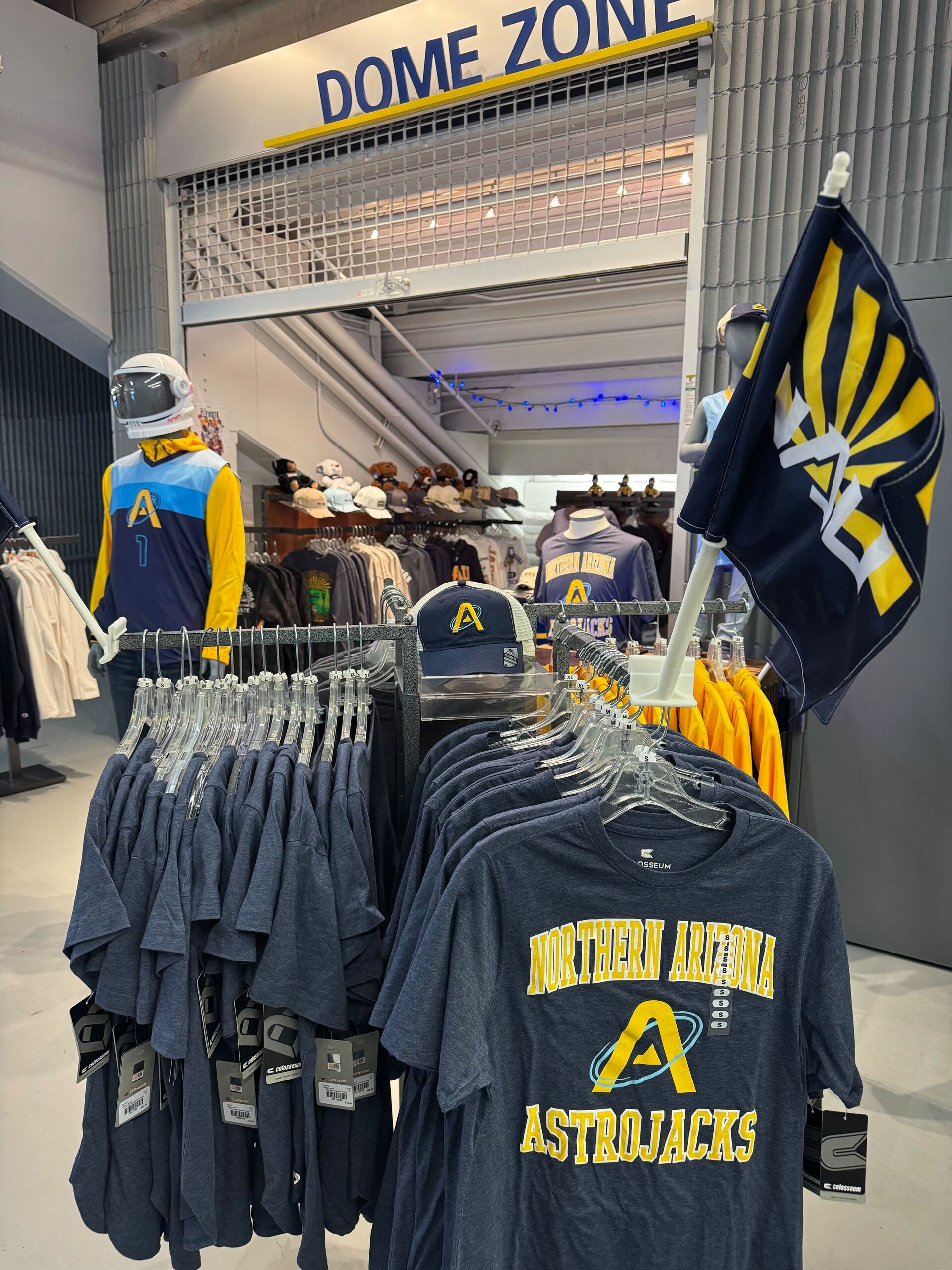Good morning!
Good news from Brazil: I saw a toucan. Bad news: my computer broke.
For today’s story, I’m handing over the mic to Professor Ryan Swanson to discuss his new book, “A Beautiful Shame: One Team’s Fight for Survival in a New Era of College Sports”.
In the hit Apple TV+ series “Ted Lasso,” Trent Crimm is a journalist who covers coach Ted Lasso’s AFC Richmond. In the show’s third season, Crimm is given complete access to the English football club in order to chronicle Richmond’s promotion back to the Premier League. He ends up writing a book about the season.
I am a bit of a Trent Crimm myself. Let me explain.
In July 2018, the University of New Mexico announced it would discontinue its nationally prominent Division I men’s soccer program at the end of the upcoming season. This was a team, led by legendary coach Jeremy Fishbein, that had been among the school’s most successful. The program had advanced to the NCAA Division I title game in 2005, made more than a dozen NCAA tournament appearances and produced a record number of academic all-Americans. Just as importantly, it had hosted more than 20,000 kids from across the rural state of New Mexico at Lobo summer soccer camps over the preceding two decades.
University administrators, pushed into a corner by the Board of Regents, cited Title IX and budget deficits to explain the decision to cut soccer (along with beach volleyball and skiing). The process was fun for exactly no one involved — and the decision to abandon soccer created an avalanche of protest. Though Fishbein referred to himself as a “dead man walking,” he refused to go quietly. He sent his players onto the field for games with the simple instruction to “play your nuts off.” Then, outside the lines, he launched a guerilla political campaign to save Lobo soccer. By the end of that pivotal season, he had twisted enough arms to get a promise of $2 million from state lawmakers to save the program.
It wasn’t enough. The Lobos played their last game on November 7, 2018.
Like Trent Crimm, I went along for the ride, reporting my new book, “A Beautiful Shame,” in the process. Granted complete access, I attended every practice and meeting during the 2018 season, traveled with the team and interviewed everyone willing to talk about the matter. The experience was at various times awkward, joyous, tense, inspiring and heart-breaking.
Why am I telling you this? And why, you might be wondering, would I release a new book on this saga right now?
Every year, dozens of NCAA Division I programs are eliminated. After all, situations change. Institutions evolve. New teams are added; others are cut. And given the post-House landscape, it’s likely more such decisions are coming.
So for those administrators facing such choices, let me share a few predictions about how the process of cutting a successful team will play out:
Your numbers will be fodder for argument: Administrators at New Mexico in 2018 projected that cutting men’s soccer would save the athletic department $605,630 annually. Furthermore, it was explained, the cuts would rectify the school’s Title IX problems. Cut men’s sports, pad the rosters of women’s sports (track and cross-country especially) and presto: New Mexico’s budget and Title IX problems would be fixed! The university presented this information in a matter-of-fact manner.
Opponents of the decision attacked the numbers from the start. Accountants and lawyers (some professional and others of the armchair variety) picked apart the details, exposing cracks in the university’s case. What about lost tuition revenue, for example? Though the NCAA financial reporting system lists “Athletic Student Aid” first under its expense categories, it does not have a corresponding “Athletic Tuition Received” in its revenue categories. Critics claimed this created a distorted financial picture. Then vaunted sports economist Andy Schwarz took a look, rejecting the university’s projections completely. He calculated that “rather than saving money from cutting scholarships, UNM is likely losing revenue from these cuts.”
It’s exceedingly difficult for athletic departments to actually delineate the costs of one team versus another. In a 2020 paper, Heather Lawrence, a professor of sports administration at Ohio University, and a team of researchers wrote that “commonly used accounting methods in intercollege athletics fail to accurately attribute costs to each sport and increase the difficulty for leaders to make informed decisions.” So there’s that.
This doesn’t mean the supporting data trotted out by an institution is immaterial. But be forewarned: No number is unassailable.
Feels Like a Good Time to Bring up Extra Points Library
Want to compare data across hundreds of athletic department budgets? Want to know who reported the most ticket sales in the Ohio Valley Conference? What school earned the most revenue from Sports Camps? Who earned the most licensing revenue in the Big Ten? We’ve got you covered with the data you need to make the right decisions.

We have over 7,000 athletic department budgets, coach contracts, vendor contracts, and other critically important PDFs. And we’re a week or two away from revenue and expenses per sport and by school.
Get the data you need at Extra Points Library.
You’ll feel the FOMO: The decision to cut a college team is typically framed in terms of internal metrics. It’s about self-auditing. At times, the process can even appear to be a bit myopic. What are we doing well? What do we need to change? Where will we be in five years? It’s all, we, we, we …
But countering these internal questions is often an outward-gazing, fear-of-missing-out (FOMO) mindset. Comparisons to rival schools and peer institutions and discussions about conference realignment pop up everywhere.
These comparative metrics are important. Left unchecked, however, they can devolve into a type of paranoia. The desire for conformity can crowd out local exceptionalism. Caring too much about fitting in with college athletic norms might mandate, for example, that Colorado College cut its prized D-I hockey program or that Cal Poly discontinue its championship rodeo team. Who wants that?
For New Mexico, allegiance to the Mountain West Conference became a rubicon of sorts during its 2018 debate over what sports to cut. University evaluators counted the fact that Lobo men’s soccer did not play in the Mountain West (which does not sponsor the sport) as a major strike against the team.
In hindsight, UNM’s outward gaze and concerns about conference affiliations seem shortsighted. After all, in 2024 the Mountain West broke apart — and New Mexico found itself jilted by the very conference to which it had pledged allegiance. Such is loyalty in college sports.
You’ll be reminded that a college sports team is a strange and powerful thing: As I Trent Crimmed my way through the 2018 season, moments of pure college athletics magic materialized over and over again, even amid overwhelmingly difficult circumstances. A cathartic victory, complete with packed stands and a sunset that turned the Sandia Mountains watermelon pink in the background, kicked off the season. Crossbar contests and chipper soccer chatter kickstarted practices. A palpable cloud of intensity hung over the locker room before a win-or-go-home match. One athlete’s hard fought academic success inspired a raucous round of applause. Proud parents and hugs and goodbyes punctuated senior night. I could go on and on.
I know this last bit might sound sentimental. Like Trent Crimm, I couldn’t help but be won over by the players and coaches I observed. I admit it. But I’d defend such sentiments by pointing out that they are, perhaps, examples of what the research tells us: College sports are powerful vehicles of identity and purpose.
None of this is to say that difficult decisions don’t sometimes need to be made. They do. But to be clear, cutting a college sports team is a people decision. It’s about telling a group of athletes and coaches to take their dreams elsewhere. That’s an exceedingly costly thing to do.
What if there were another way?
Fortunately, conversations are percolating. IMG’s Brent Richard and Drew Weatherford make the case in a compelling new white paper that now is the time for adding college athletes and teams. Tom Farey and the Aspen Institute are leading the way in reconsidering how youth sports factor into the equation. US Soccer is organizing a significant investment in the college game.
Time will quickly tell if such initiatives gain traction. I, for one, certainly hope they do.
Ryan Swanson is a Professor in the Honors College at the University of New Mexico. His new book, “A Beautiful Shame: One Team’s Fight for Survival in a New Era of College Sports,” is a season inside with a legendary college soccer program facing elimination.




















